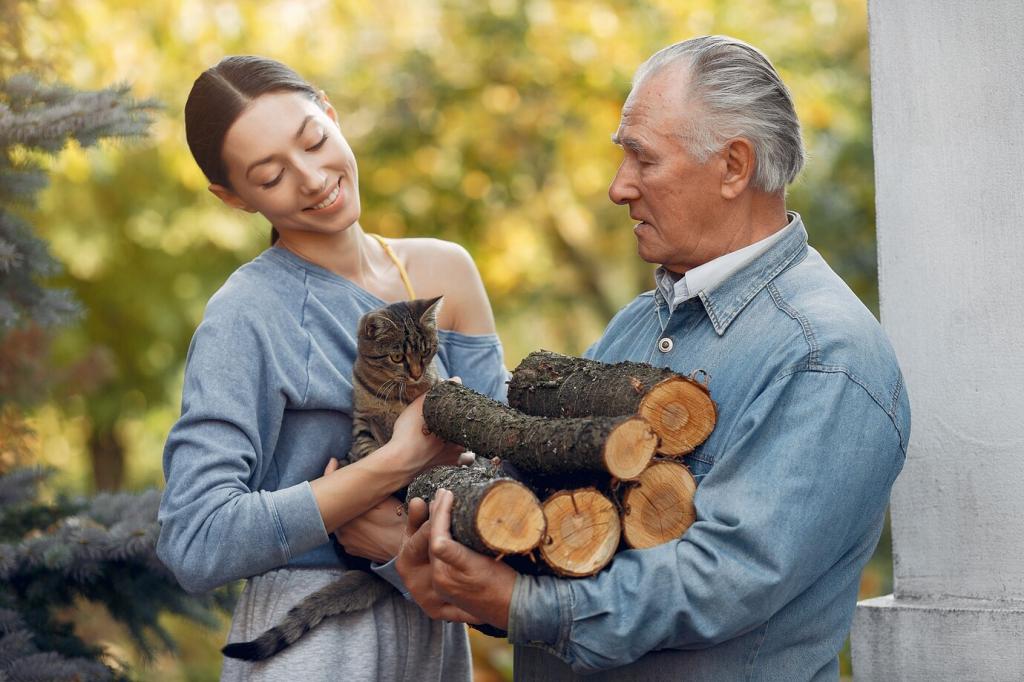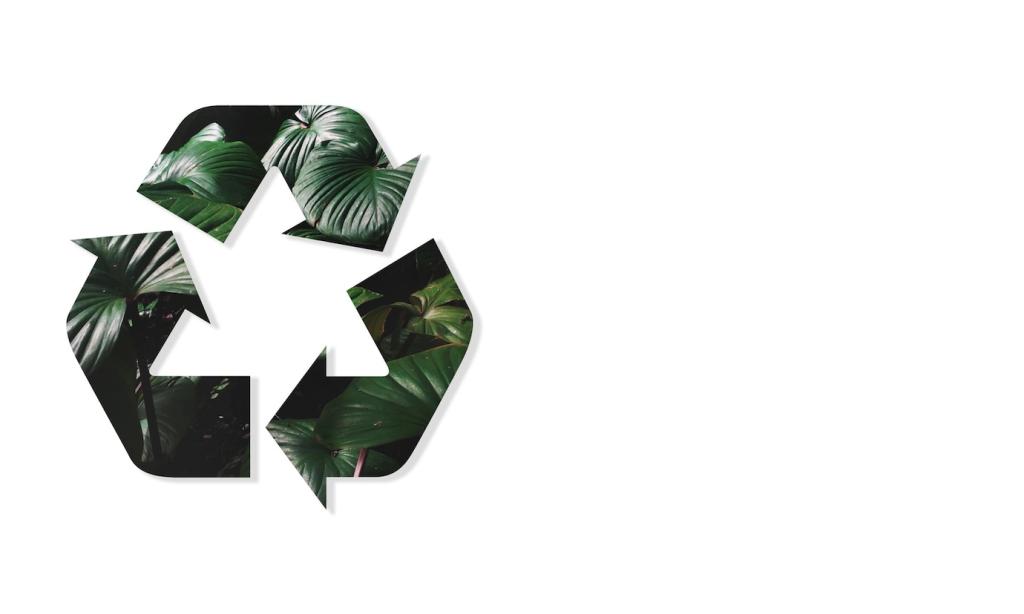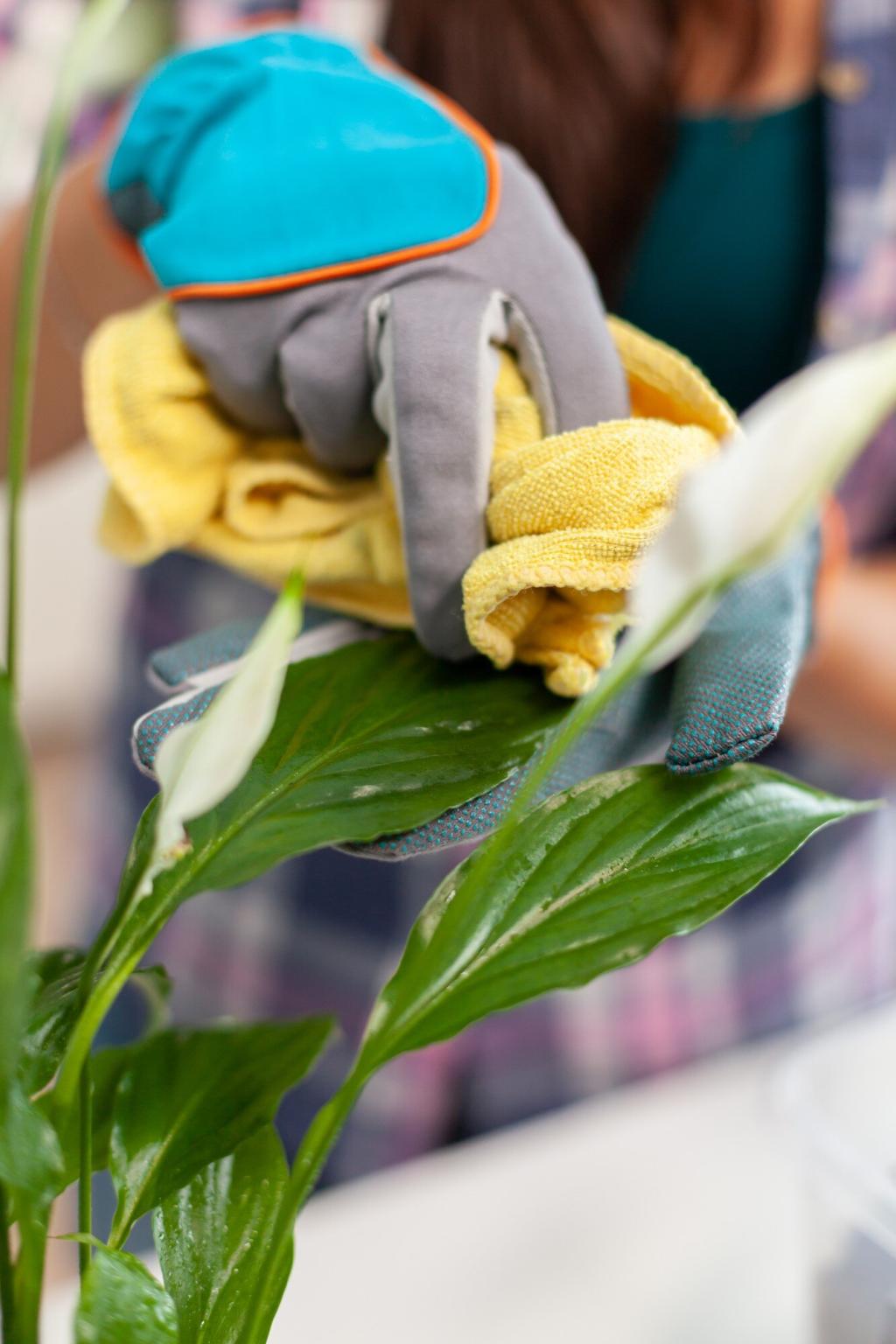
Repairing Tips for Sustainable Wooden Designs
Chosen theme: Repairing Tips for Sustainable Wooden Designs. Welcome to a friendly, hands-on space where we preserve character, minimize waste, and restore wooden pieces with love, skill, and eco-conscious decisions that last.

Trace the Root Causes
Look beyond the symptom. Is moisture driving that cup, bow, or open joint? Are UV rays, pests, or stress cracks at play? Use a moisture meter, magnification, and patience before choosing any repair.

Adopt Minimal Intervention
Preserve as much original material as possible. Start with reversible methods and gentle steps. If two options seem equal, choose the one that uses fewer new resources and respects future maintainability.
Structural Fixes That Respect the Grain
Inlay butterfly keys across a split to arrest movement while showcasing craftsmanship. Position carefully across the grain, dry-fit meticulously, and glue sparingly to stabilize without overwhelming the existing material.


Surface Revival Without Harsh Footprints
Start with soft brushes and a barely damp microfiber cloth in mild soap solution. Avoid soaking. Lift grime gradually, protect old finishes, and always test in a hidden spot before cleaning broad surfaces.
Surface Revival Without Harsh Footprints
Place a damp cotton cloth over dents and apply a warm iron in short passes. Wood fibers often rebound. Work slowly, letting moisture and heat revive the crushed cells without damaging surrounding finish.
Defense Against Future Damage
Manage Moisture Wisely
Aim for stable indoor humidity and avoid direct heat sources. For interior pieces, wood moisture content near 6–8 percent is typical. Use discreet pads under feet and keep spills from lingering on surfaces.
Shield from Sunlight and Wear
Rotate furniture, use UV-filtering curtains, and add felt pads beneath frequently moved pieces. Even small changes reduce abrasion, fading, and joint stress, extending the time between restorative interventions significantly.
Create a Care Routine
Dust regularly with a microfiber cloth, re-wax or oil seasonally as needed, and tackle minor issues early. Share your maintenance rituals in the comments to inspire others pursuing sustainable wooden longevity.
A cracked top, wobbly leg, and water rings told decades of gatherings. Rather than replacing panels, we committed to preserving original boards and honoring the scars that made this table part of the family.
A Story From the Workshop: Saving a Family Oak Table
Butterfly keys from salvaged oak stabilized the split, casein glue secured the loose joint, and steam lifted dents. A shellac and wax finish revived warmth without smothering patina. Less waste, more meaning.
